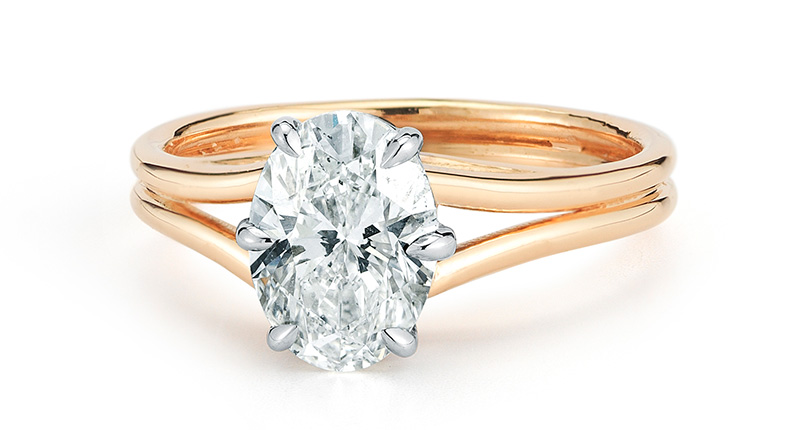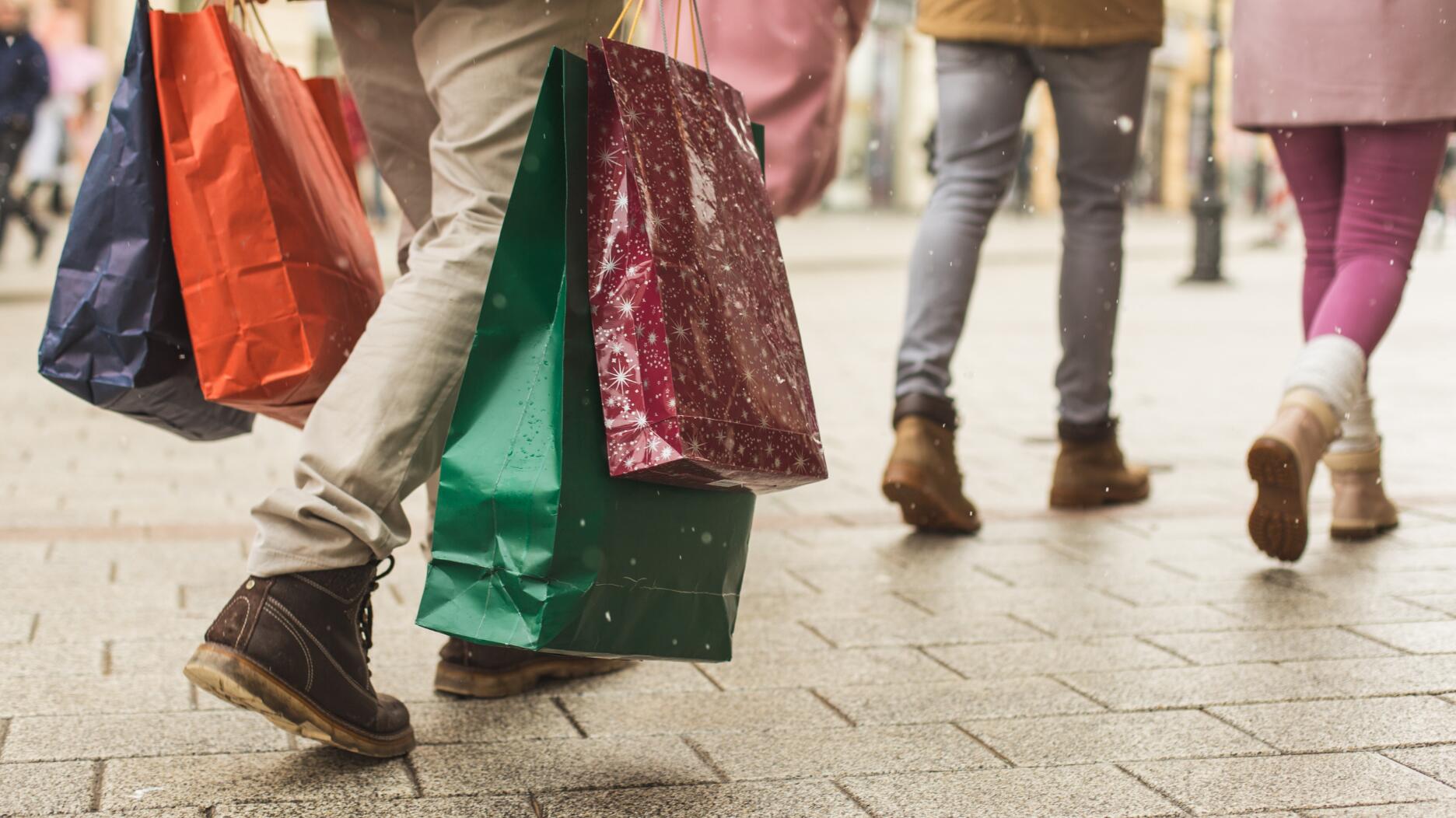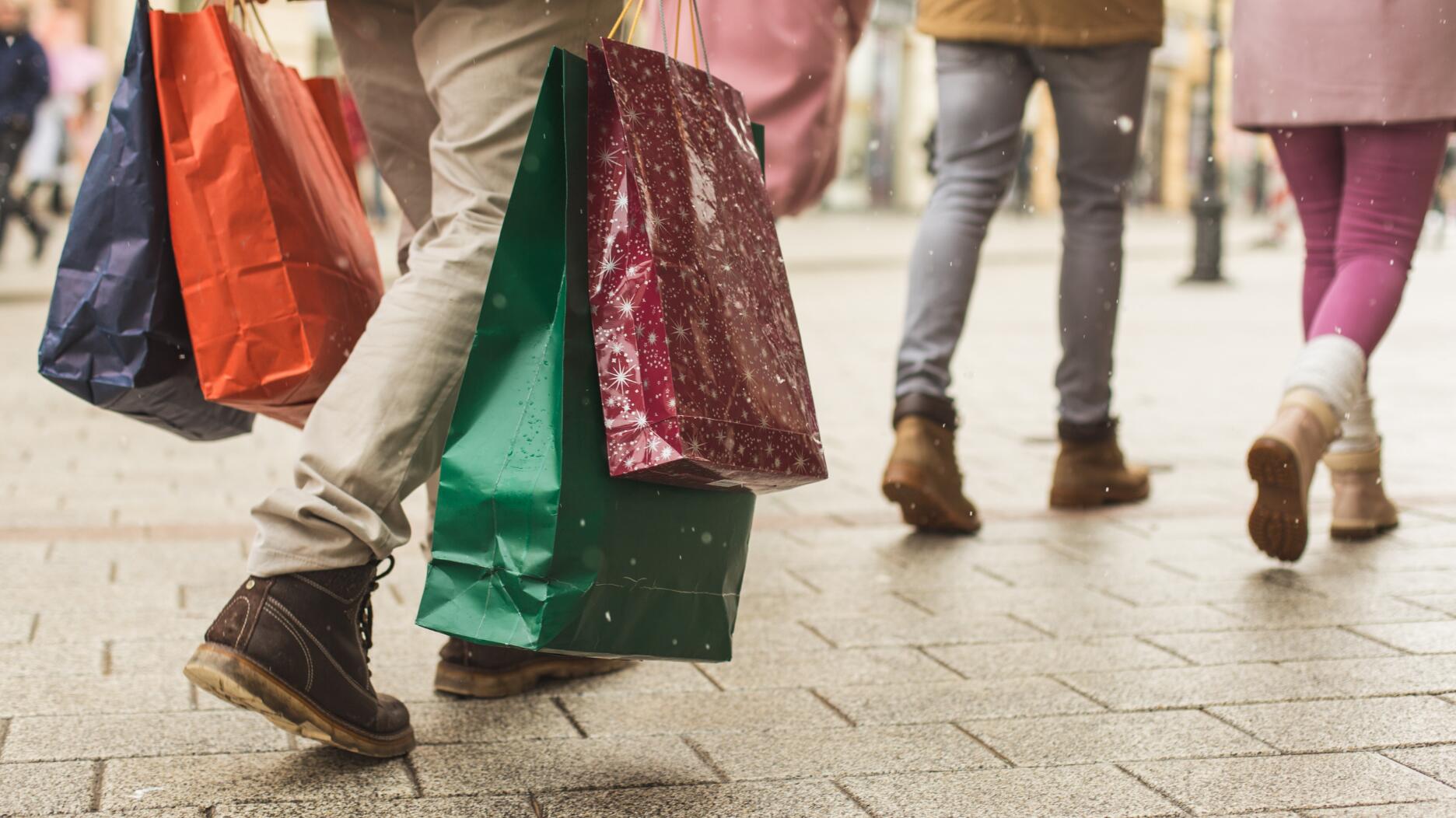The couple pleaded guilty to concealing at least $127 million in cash transactions at its precious metals businesses.
600 Consumers on Engagement Ring Preferences and Presents
Robbins Brothers recently conducted a survey to gauge wedding trends. Here’s what the retailer found out.

Los Angeles—Did you know that August is “Romance Awareness Month?”
Well, for whatever reason, it is, and retailer Robbins Brothers decided to mark the month and the most popular time of year to get married—the summer—by releasing the results of a survey it just conducted on weddings.
Over a week in July, the California-based chain asked its email subscribers and Facebook users a series of questions about engagement rings, wedding ceremonies and preferred presents to paint a picture of wedding and anniversary trends.
A total of 593 people responded: 373 women and 211 men, with the remaining nine choosing not to disclose their gender. The majority of participants were 25-34 years old and are married, engaged or in a serious relationship.
When it came to bridal jewelry trends, the results reaffirmed much of what is already known about the U.S. market.
The majority of consumers surveyed (76 percent) believe an engagement ring should cost no more than $10,000. A total of 38 percent of survey-takers said the preferred price range is $1,000-$5,000 while another 38 percent said it is $5,000-$10,000.
This in line with current engagement ring average, which The Knot has at about $5,700.
Consumers also were equally divided about where to buy bridal jewelry: 50 percent said a local jewelry store while 49 percent picked a national chain. The remaining 1 percent put a pawn shop.
Size-wise, they want a diamond that’s 1 carat or less (30 percent) or 1.5 carats (36 percent), in a style that is traditional and elegant like a solitaire (48 percent) or a little more stylish and trendy, with touches such as a halo or a fancy shape diamond (30 percent).
(Jewelers, take heart on the carat question: Only 2 percent of respondents said “no diamond.”) 
The top two most popular shapes picked by survey-takers were not surprises: round at 36 percent and princess at 31 percent, though 21 percent of respondents did select a fancy shape, with oval (7 percent) and emerald (6 percent) leading the way.
The preference for ovals among consumers surveyed by Robbins Brothers dovetails with a number of other reports to emerge recently, including GemFind’s year-end analysis of jewelry store website traffic and National Jeweler’s 50 Jewelers/50 States series.
In
The theme that emerged there was not surprising either: Couples today want a personalized experience and prefer travel/experiences over presents, both for their wedding and their anniversary.
Here are a few more interesting points from the survey.
—Fifty-seven percent of survey-takers said they wanted a professional photographer or videographer to record the proposal, but 43 percent said it should just be the two of them when it happens, meaning no friends or family present (the photographer/videographer does not count.)
—A total of 78 percent of respondents prefer receiving money for their honeymoon over traditional wedding gifts like china and small household appliances. This trend makes sense for two reasons. No. 1, many couples are older when they get married these days and already have what they need for their home. And No. 2, honeymoons have become a lot more extravagant.
“People are … opting for a two- to four-week honeymoon, traveling to places like Europe or Southeast Asia,” Anna Morgenstern of Dating Rehab NYC, a dating service, said in Robbins Brothers’ release on the survey. “Cash is much more in demand than gifts.”
—Travel and experiences also were a preference for the first anniversary. A total of 79 percent of survey-takers said they mark one year together by taking atrip to their favorite place (53 percent) or having a “fancy” dinner (26 percent).
Exchanging extravagant gifts was not all that important, with 81 percent of respondents saying they would spend less than $500 to mark the occasion (61 percent) or wouldn’t exchange presents at all (20 percent).
The Latest

In February 2026, the auction house will move its headquarters to the former Steinway Hall, a neoclassical landmark on Billionaires’ Row.

The new show will take place Jan. 23-25, 2026.

How Jewelers of America’s 20 Under 40 are leading to ensure a brighter future for the jewelry industry.

The former BHP Billiton leader and Gemfields chairman is remembered for his influential leadership throughout his 50-year mining career.


The LVMH-owned brand has partnered with the costume design union to revamp its award for 2026.

The luxury titan inked a deal to acquire an initial minority stake in the jewelry manufacturer with a pathway to full ownership by 2032.

Roseco’s 704-page catalog showcases new lab-grown diamonds, findings, tools & more—available in print or interactive digital editions.

The company’s curation of unsigned vintage and estate jewelry debuted at the Bloomingdale’s in Costa Mesa, California.

In the recent multi-shipment seizure, CBP also found counterfeit Audemars Piguet, Moncler, and Chrome Hearts items.

Helzberg’s Chief Retail Officer Mitch Maggart shared details about its tests of a new store concept rooted in an elevated luxury experience.

Jewelers of America execs and National Jeweler editors discuss tariffs, the sky-high gold price, and the engagement that broke the internet.

The luxury goods company said founder Ippolita Rostagno will remain at the brand’s helm.

Laura Burdese, who joined the Italian luxury brand in 2022, will take on the role in July.

The National Jeweler editors revisit the most noteworthy industry happenings and design trends from 2025.

Need a gift for the cat lover who has everything? Look no further than our latest Piece of the Week.

It purchased the “Grosse Pièce,” an ultra-complicated Audemars Piguet pocket watch from the ‘20s, for a record-breaking price at Sotheby’s.

The lab-grown diamond grower now offers custom engagement and fashion jewelry through its Kira Custom Lab Jewelry service.

Chandler got his start at Michelson Jewelers and has served as DCA president and CEO since 2001. He will retire at the end of the month.

The boutique is slated to open this week inside Terminal 8, offering pre-owned Rolex watches and more to international travelers.

Sponsored by Digital Monitoring Products

The special-edition egg pendant ingested in a New Zealand jewelry store was recovered after a six-day wait.

Associate Editor Natalie Francisco plays favorites with Piece of the Week, selecting a standout piece of jewelry from each month of 2025.

The “Love and Desire” campaign is inspired by the magic that follows when one’s heart leads the way, said the brand.

Two awardees will receive free tuition for an educational course at the Swiss lab, with flights and lodging included.

Berta de Pablos-Barbier will replace Alexander Lacik at the start of January, two months earlier than expected.

Sotheby’s held its first two jewelry sales at the Breuer building last week, and they totaled nearly $44 million.


























